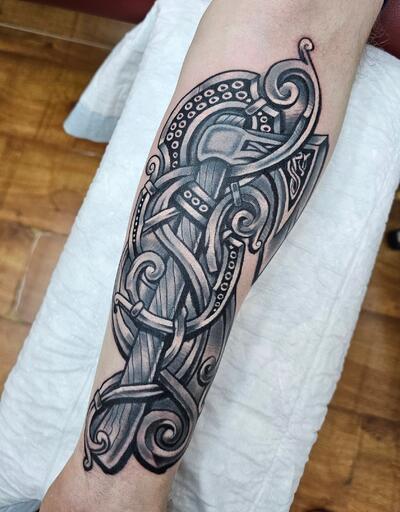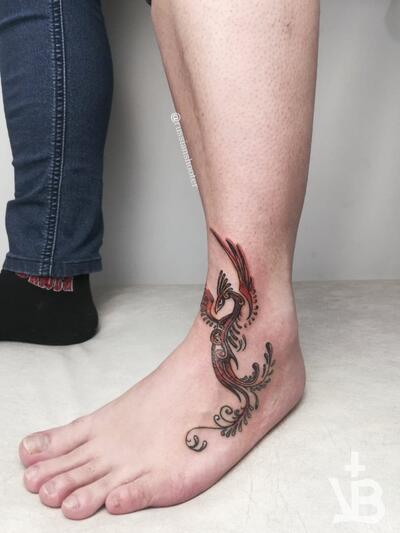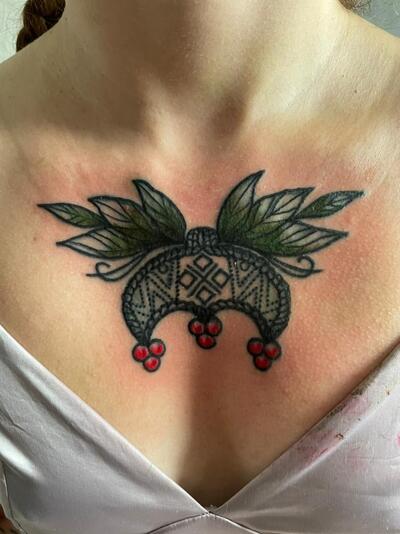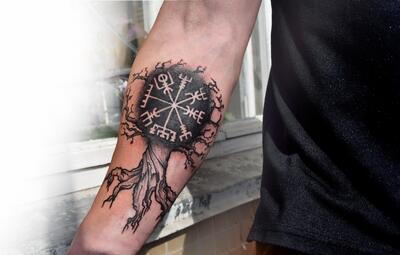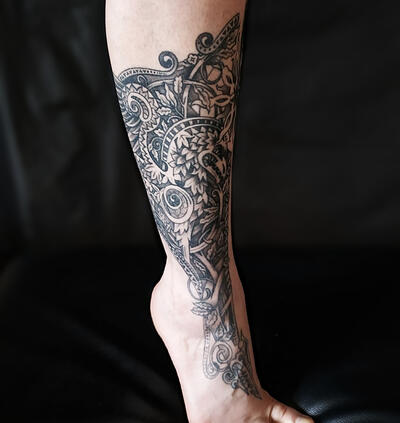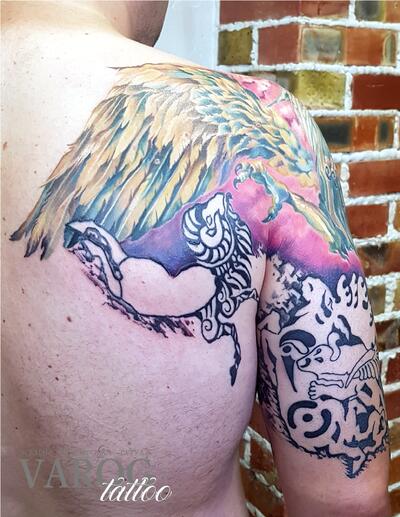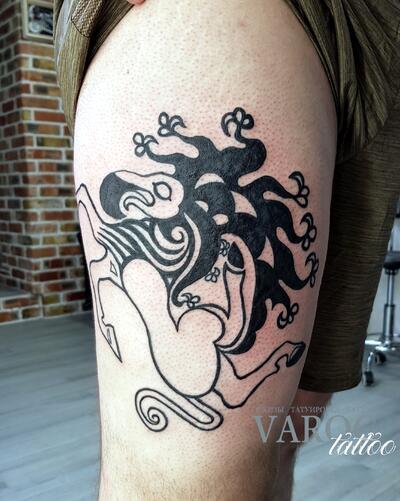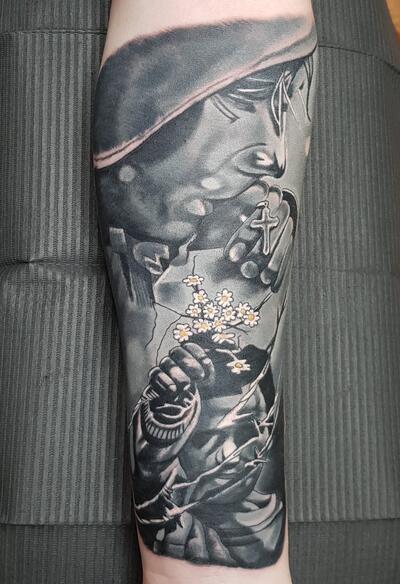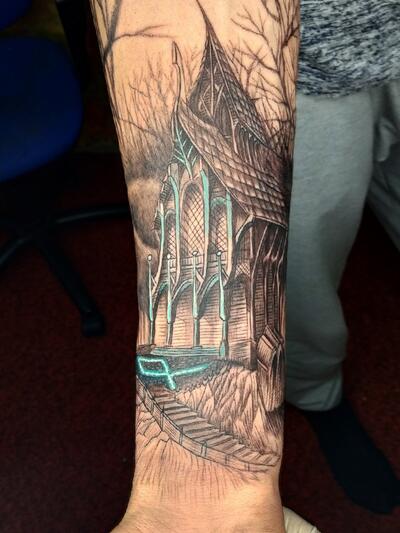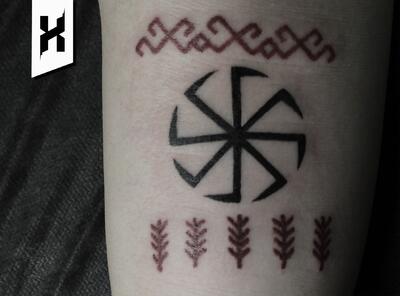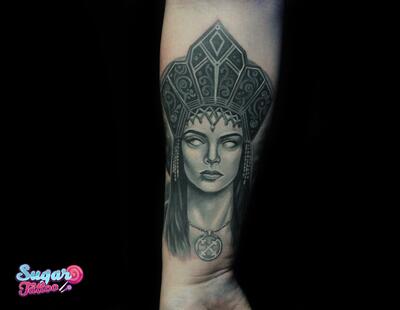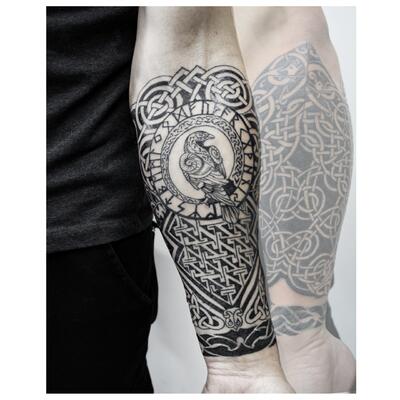Slavic tattoos
Varieties of East Slavic tattoos
Any type of tattoos symbolizing pre-Christian Slavs is associated with a historical or cultural-ethnographic basis. Sketches of Slavic tattoos relate both to pagan or Rodnover stylistics, and to elements of artistic craft − Gzhel, Palekh patterns, representations of epic characters. Early Christian images are also popular. Images of saints, folk heroes, runic symbols are amulets that protect the owner.
Semantic content
Each meaning of a tattoo carries a meaning, reflecting the character of a person and the inner content.
- Pictures of wild animals-a bear, a wolf, symbolize the belief of our ancestors in the origin of these animals.
- Trees are a symbol of fertility, longevity.
- Pagan gods have a protective function, giving energy, affecting the soul and body.
- Slavic tattoo amulets refer to the runic script, known in Russia before the spread of the Cyrillic alphabet. Each symbol contains information and is endowed with magical power. Carefully study the sacred meaning of each sign in order to choose the appropriate one for a particular individual.
The style of tattoos
Given that the sketches of Slavic tattoos are not limited to templates, a creative approach is possible in creating drawings. The realistic genre performance of Veles, Perun, Svarog is no less interesting than the outline or symbolism. Additions in the form of ornaments or patterns will suit the main drawing.
Competent combination of images of various stylistic orientation increases the aesthetic and semantic components. Using tattoo runes, a sample of the original script, they enlist the magical, or in modern terms, the psychological help of the ancient gods. Later variations of the signs are included in the elements of ornaments, which also strengthens the spirit and leads to well-being.
Location on the body
There are no exact instructions for choosing a place on the body. But it is reasonable that if Slavic tattoos reflect the owner's desire to get closer to the roots, then it is preferable to stay on the upper part of the torso. Large-sized drawings will look on the neck, the parts of the back attached to it, and the chest. For the forearm, long, elongated images, runic signs, Old Slavic scripts are suitable. The sequence of runic symbols is placed on the back along the spine, which makes the back of the owner of such a tattoo visually wider and more powerful.
Organicity and beauty are the main criteria when choosing images.
